We've tested the best resistance bands to build muscle without weights
We put the best resistance bands to the test, from looped bands to flat therapy options to help boost your flexibility and build muscle
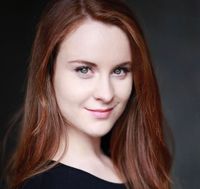
James Frew
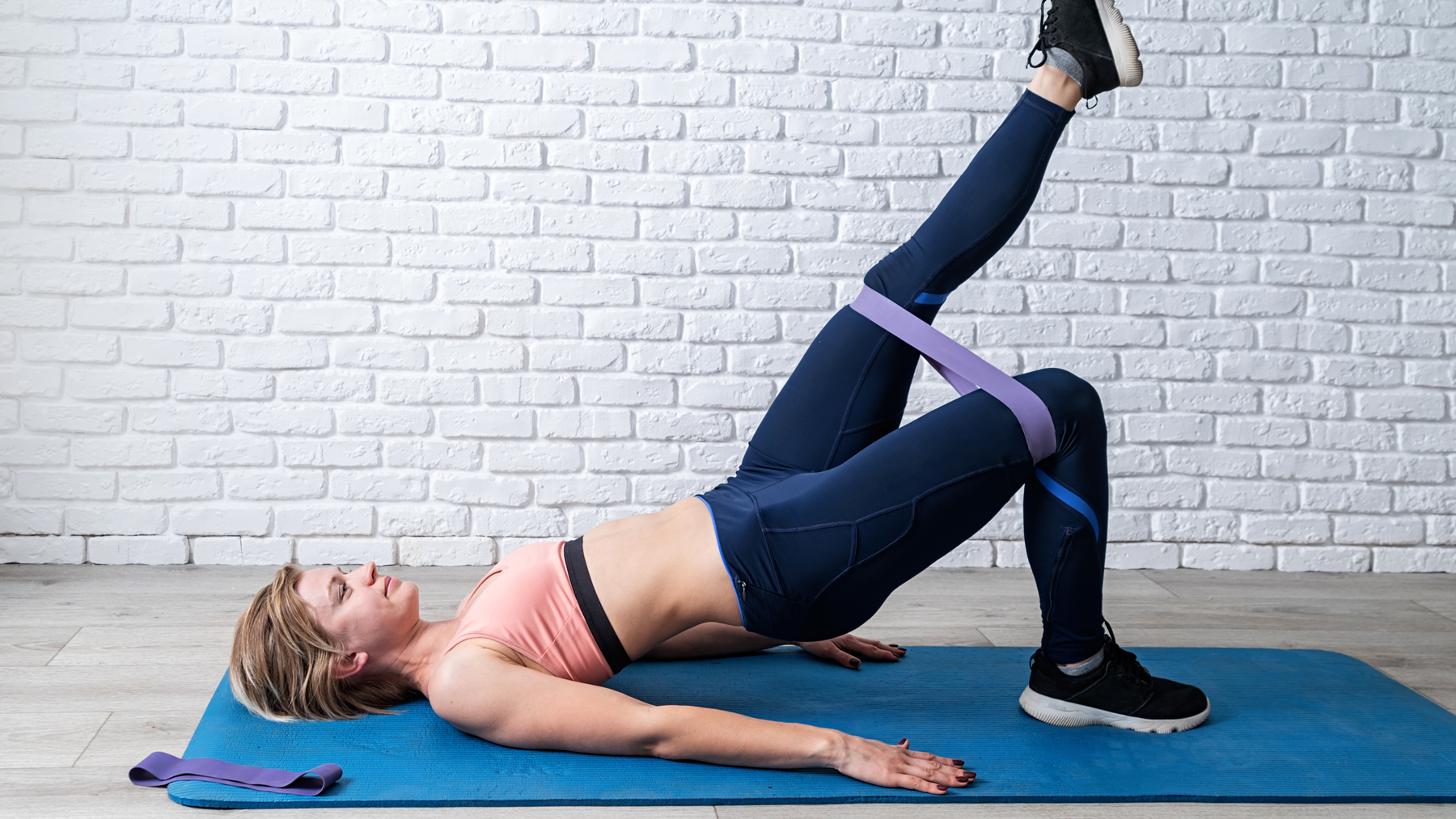
The best resistance bands are some of the most straightforward, budget-friendly workout aids you can buy—but they're also an effective alternative to weights and can help you go deeper into stretches and yoga poses.
They're usually bundled in affordable sets of bands with different thicknesses or strengths, so you have several options depending on which exercises you're doing or which workout style you've taken on.
But it's hard to tell the difference between them from pictures online, so we've tested the best resistance bands to help you find a set of workout bands that'll support your workouts and help you hit your fitness goals.
The best resistance bands you can buy right now
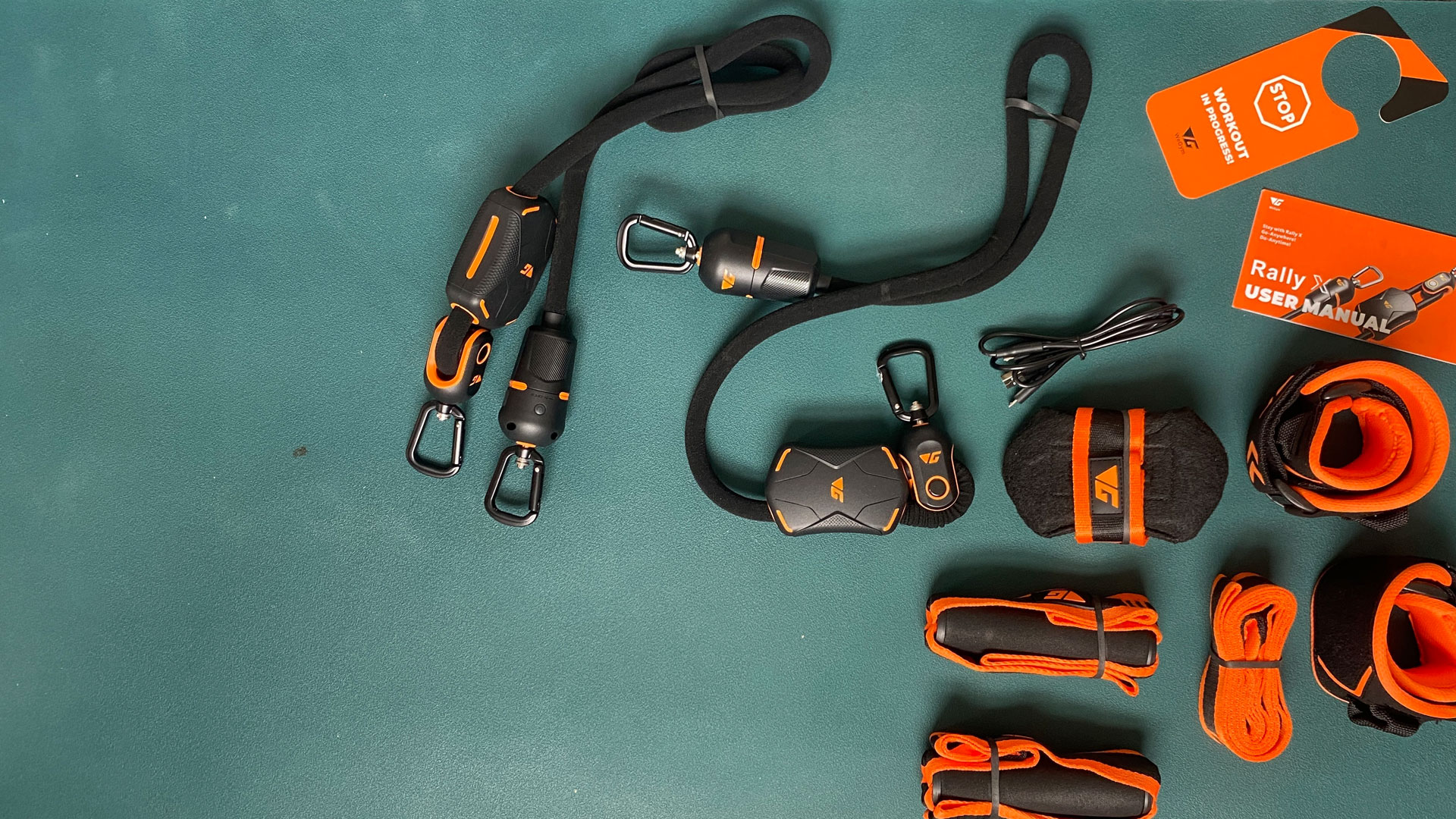
1. WeGym Resistance Bands
Our expert review:
Specifications
Reasons to buy
Reasons to avoid
The WeGym Resistance Bands really do go above and beyond. These resistance bands are super durable and are designed to accommodate all kinds of different exercises. Plus, they connect through Bluetooth to your smart devices so you can track your progress with each workout.
The stylish set includes everything you need for a resistance strap-based strength workout: you'll receive two resistance straps with the easy-to-use slider adjuster (between 40 lbs/ 18kg), a suspension strap, a door anchor, handles, ankle and wrist bands, and a USB charging cable to charge your bands. We liked the bright orange and black design and found that during testing, the products felt sturdy, soft, and well-made.
What really makes this set stand out is the app feature. You can connect your bands to the WeGym app via Bluetooth and instantly access various workouts. These workouts help you build a routine using your straps based on your goals for strengthening or stretching. During testing, we found most workouts feature six to seven timed exercises and a few warm up and warm down moves. Once you get the hang of your straps, you can even build your own workout "playlist" using different moves on the app.
We think that these straps are best for strength training if you're relatively new to resistance training, as the system is very comprehensive and offers a hands-on approach. It's also great for people looking to track their progress digitally.

2. Centr Fitness Essentials
Specifications
Reasons to buy
Reasons to avoid
If you're new to home workouts, it can be a bit of a challenge to find everything you need to get the most from your training. The team at Centr, the workout app founded by Chris Hemsworth, have got you covered with this Fitness Essentials Kit, which includes eight resistance bands and plenty of other accessories.
There are five tubed bands with handles, door and loop anchors, and 10 snap link carabiners to get you started with a range of exercises and training styles. This would be useful on its own, but there's a lot more packed into this great value package.
You also get a protein shaker bottle, two ankle straps, a thick non-slip exercise mat, and a travel bag to keep everything together when you're not working out. Plus, you get a free three-month subscription to the Centr app, which has strength and cardio workouts, yoga classes, meditation sessions, and a meal planner.

3. Whatafit Resistance Bands
Specifications
Reasons to buy
Reasons to avoid
The Whatafit Resistance Bands set is ideal for people who love all kinds of resistance training and know how to use a variety of different types of bands. The set comes with both over-the-door resistance straps and a set of standard resistance bands, so it can be used in all kinds of exercises, from strength training to pilates to physical therapy.
The color-coded bands come with resistances of 10 lbs to 50 lbs/ 4kg to 22.6kg and can be used individually or in different combinations, so you can create a resistance that suits you best all the way up to 150 lbs/ 68kg. The bands are made of natural latex — we found them to be non-slip and relatively durable during our workouts.
The set also comes with a door anchor, a carrying case, and cushioned handles, which makes the experience of using them easy, comfortable, and hassle-free. Our only complaint about this set is that the door anchor is a little tricky to get set up properly.
All in all, this set has everything you need to get started with any kind of resistance training, so it's the perfect option for someone looking to try a bit of everything.
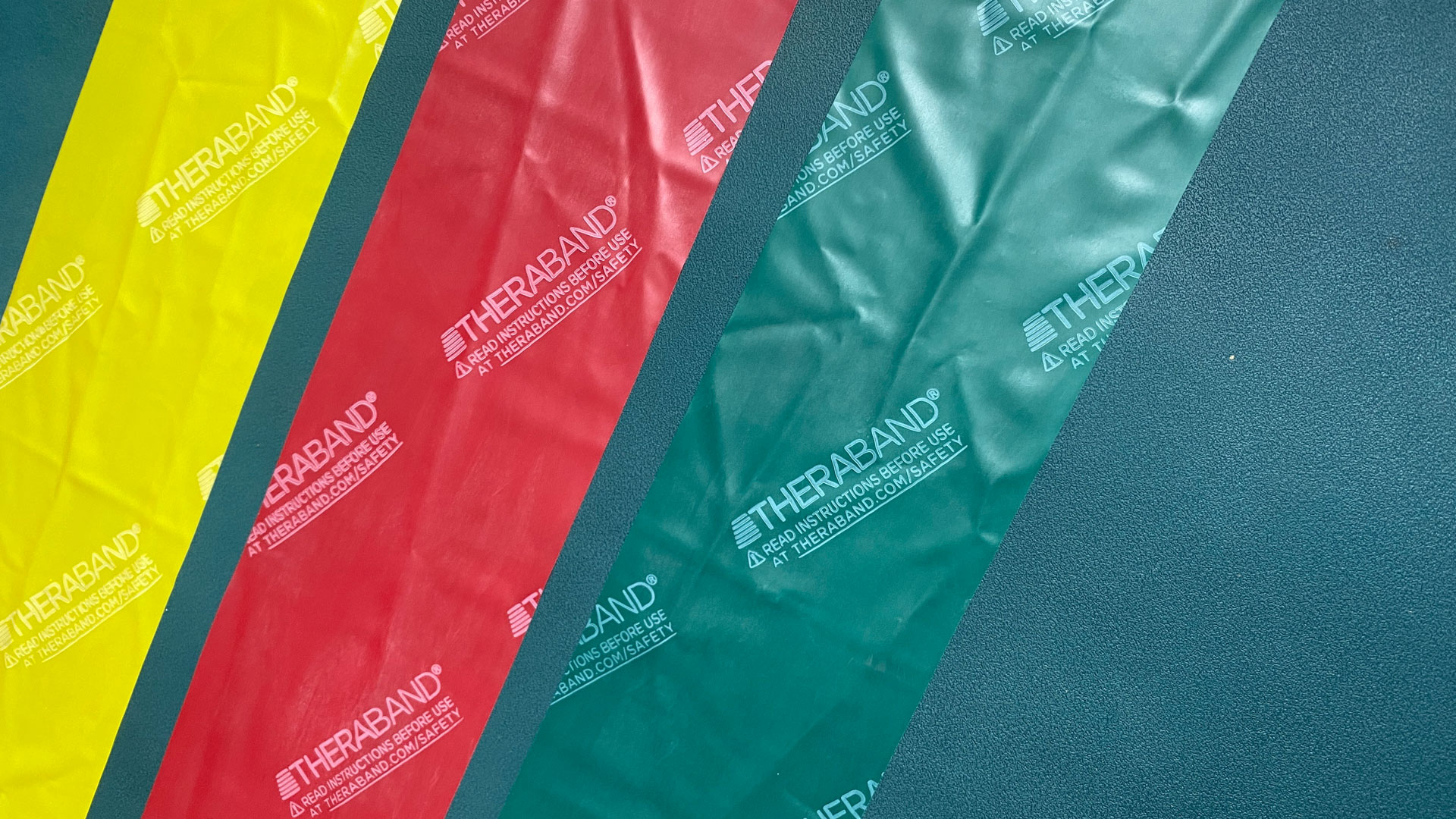
4. Theraband Non-Latex Resistance Bands Set
Specifications
Reasons to buy
Reasons to avoid
If you're looking for a simple, affordable set of resistance bands, the Theraband Non-Latex set is a good place to start. This set comes with three five-foot-long bands for easy, medium, and hard resistance levels. The yellow band offers 3 lbs/ 1.3kg of resistance, the red offers 3.7 lbs/ 1.6kg and the green offers 4.6 lbs/2kg.
These bands are ideal for adding resistance in Pilates or barre-style classes. They can be used to tone the arms or when tied in a knot, or they can be used wrapped around the thighs to strengthen the glutes and legs.
We loved these bands when we tried them in an at-home Pilates class. They were pleasant to the touch and easy to use. Plus, after the class, they were easy to store away.
We recommend this set for people who want to add resistance to their routine — especially people who are already practicing yoga, pilates, or barre at home. We would note that these bands are best suited to beginners so if you’re looking for a real challenge, you might be better suited with an alternative set.

5. Living.Fit Resistance Bands
Specifications
Reasons to buy
Reasons to avoid
If you're looking for a variety of resistance bands to add to your workouts, the LivingFit Set makes it easy to mix and match so you get exactly what you need. On Amazon, you can choose which bands you want to try — buy each band individually, or, select the set that suits you best. We tried the set of four bands that range from 25lbs/11kg to 125 lbs/56kg in resistance.
Unlike some other resistance bands, the LivingFit bands are designed in a long loop, which we found made them great for standing on, or looping around your feet during exercises. The company recommends using them with your pull-ups, push-ups, rows, and tricep extensions in particular. What we loved about these bands is that they are versatile, hassle-free, and comfortable.
One of the best features of these bands is their "anti-snap" function. Made with thick material, these bands promise to be extra durable, so you don't have to worry about them snapping in the middle of your workout.

6. Tru Grit Power Loop
Specifications
Reasons to buy
Reasons to avoid
This set of Tru Grit Power Loops comes with five color-coded 7-inch long resistance loops that are perfect for placing around the thighs, calves, or arms. The bands are made with latex rubber and come with a carry case to keep them stored away between workouts.
While these bands are relatively simple and don't come with any fancy add-ons, we though it was very helpful that each band clearly states its resistance — extra light, light, medium, heavy, and extra heavy — with a series of dots.
This means you won't need to worry about accidentally grabbing the wrong band and ruining the flow of your workout. These affordable bands are a perfect set to choose if you want a basic, reliable product for at-home or gym use.
How we tested the best resistance bands
We wanted to give these resistance bands a thorough trial run. We tried a variety of different exercises and moves with each set of bands, including Pilates moves, stretching, and resistance training.
We also looked at the specifications for each product, including materials used, portability, durability, grip, set-up, and ease of use. We took into account that many of us want to use resistance bands during a workout so we made sure to see how they coped with sweaty hands and whether they were still easy to grip.
How to choose the best resistance bands
Although they seem straightforward, there are several styles of resistance band and many different colors or sizes. Some sets also come with accessories like workout guides or attachments.
While you can buy single resistance bands, it's more common to find a set of bands with varying strengths, so that's what we'll be looking at in this guide. To help you buy the best resistance bands for your needs, it's worth exploring the key factors to consider before making your purchase.
Color-coded resistance levels
When you look at a set of the best resistance bands, you'll notice each band is a different color. These colors represent the band's resistance level, ranging from light to heavy.
There isn't a rule for this, so each manufacturer will approach it slightly differently. However, red bands generally offer the highest resistance level, while black bands are at the lighter end.
The strength you use depends on the move and your goals. As Head of Training at FLY LDN, Katie Anderson explains, "If you're using the band for stability... then you can opt for a medium to high resistance." A light or medium band will do the job if you're aiming for a high rep count.
Type of band
There are three styles of resistance band to choose from; loop bands, therapy bands, and tubes. The looped variety is the most common and is usually made of latex or rubber.
As you'd expect, it forms a closed loop, so there are no ends to grab hold of. This makes them ideal for looping around your thighs, ankles, or even your shoulders for intense push ups.
If you're after a variety to hold, therapy bands are your best choice. These are quite like loop bands, but the loop isn't complete, allowing you to take hold of each end.
These are the best resistance bands for shoulder and arm exercises, as you can move them about quite freely or tie them to fixed objects. You can even make them double as loop bands by tying the ends together.
If you prefer a more substantial grip, tube bands tend to be thinner than the other two varieties but come with a clip, handles, or other attachments for the ends of the band.
Price
Another reason the best resistance bands make great dumbbell alternatives is the price. Those weights can cost anywhere from $50 to $200, while you can pick up resistance band sets for around $25/£20.
We've found the best resistance bands around, so they're all high-quality choices, but the prices will vary depending on the extras, like carrying cases, attachments, and exercise guides.
FAQs
Which resistance band is good for beginners?
Although you can use the best resistance bands as an alternative to free weights, they're also well-suited to anyone just starting out and looking to develop strength in areas like their arms, chest, legs, and core or improve their flexibility.
You'd want to find a lower resistance band, at least initially. There's no standard across brands for marking out specific resistances, but generally, the lighter colored bands are thinner and create the least resistance.
The bands almost always come as a set of varying resistances, so you can increase the thickness as you build strength.
Do resistance bands build muscle?
If you've been considering a set of the best resistance bands, you might be wondering what you can do with them. Aside from stretches, yoga moves, and Pilates classes, it's also possible to use them in your workout.
According to Katie Anderson, the Head of Training at FLY LDN, you can add resistance bands into bodyweight exercises like squats, glute bridges, pull ups, plank jacks, and the best chest workouts with resistance bands.
It's best to aim for more repetitions as "by doing high reps and continuous work with little rest while using the bands, you will work on muscle endurance, strength, and compound exercises," notes Anderson.

Katie Anderson is a group fitness instructor and Level 3 personal trainer. She works with clients at studios around the UK and at clients homes to help them reach their fitness goals. Katie also teaches Barre and is passionate about dance and different styles of training.
Are thicker resistance bands better?
Resistance bands come in various sizes, ranging from light to extra-heavy. Thicker or extra-heavy resistance bands aren't better or worse than their thinner counterparts. Instead, different types of resistance bands are best suited for different kinds of workouts.
Omar Mansour, coach for audio-led fitness app WithU, explains: "For example, the thicker the resistance band is, the more resistance you will feel, and it will naturally be harder to use.
"Typically, heavy bands will be used for larger muscles such as legs, and lighter bands are effective for targeting the smaller upper body muscles such as the shoulders. Band selection will be determined by the individual's strength and ability.
"If you are working in strength rep ranges, then you may opt for a thicker band and complete a few reps. However, typically, if you are after hypertrophy and muscular endurance as a training goal, you may choose a lighter band and complete higher repetitions."

Omar Mansour is a personal trainer, coach at the fitness app WithU, and a UKA Running Coach. Having competed as an 800m athlete, Omar loves to bring a flavour of his athletic background to all of his workouts.
What strength resistance band should you start with?
If you're new to strength training, NASM-certified personal trainer Wendy Batts recommends a lower strength band. This helps you get used to the exercise and the feel of the band.
"The bands will get progressively more challenging the more they're stretched," she explains. "So you want to ensure you can complete your desired movement through its full range of motion without compromising form or technique."
She adds that if a band is too tough for you, it can force you to work too intensely in positions your body and joints may not be ready for. To help you pick the correct band, Batts says you need to decide how many reps of an exercise you want to perform.
For example, if your training plan suggests 10-12 repetitions of a certain move, you want to select a band strength that means you can get through 10 reps with perfect form and find the final few reps challenging.
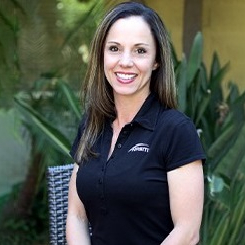
Wendy Batts is a regional master instructor for the National Academy of Sports Medicine (NASM) and an assistant professor for the exercise science programs at Pennsylvania Western University (PennWest). Wendy holds a Master's degree in Exercise Science and Health Promotion and is a licensed massage therapist specializing in neuromuscular therapy.
Are resistance bands better than weights?
Resistance bands might not look as intense as fixed weights, but that doesn't mean you can't get a good workout; after all, when comparing resistance bands vs weights, bands easily hold their own.
If you've started exercising with bodyweight moves and want to increase the challenge to work your muscles harder, then taking on a resistance band arm workout is a good place to start.
Increase the resistance is an example of the progressive overload technique, where you gradually increase the load as you get stronger. You can start with a light band and work your way up to a heavy one.
However, at some point, you may start to find that too easy as well. That's where weights like kettlebells and dumbbells come in, as you'd need higher resistances to keep challenging your muscles.
So, they're not necessarily better, just different. And it'll also largely depend on what your goals are. If you want to focus solely on growing your muscles, then you may need to scale from resistance bands to weights.
But if you want to add some movement into your day, or you want to focus on developing functional strength, then resistance bands are a low-cost alternative to weights. Plus, they're much easier to store.
Start your week with achievable workout ideas, health tips and wellbeing advice in your inbox.
Meg is a freelance journalist and features writer based in the UK. She covers culture, entertainment, lifestyle and health. Her writing has appeared in Cosmopolitan, Shondaland, Healthline, HelloGiggles, Reader’s Digest, Apartment Therapy, and more. Meg has been interested in fitness for over a decade. She loves trying a wide range of exercise techniques including yoga, hiking, pilates and HIIT.
- James FrewFitness Editor
